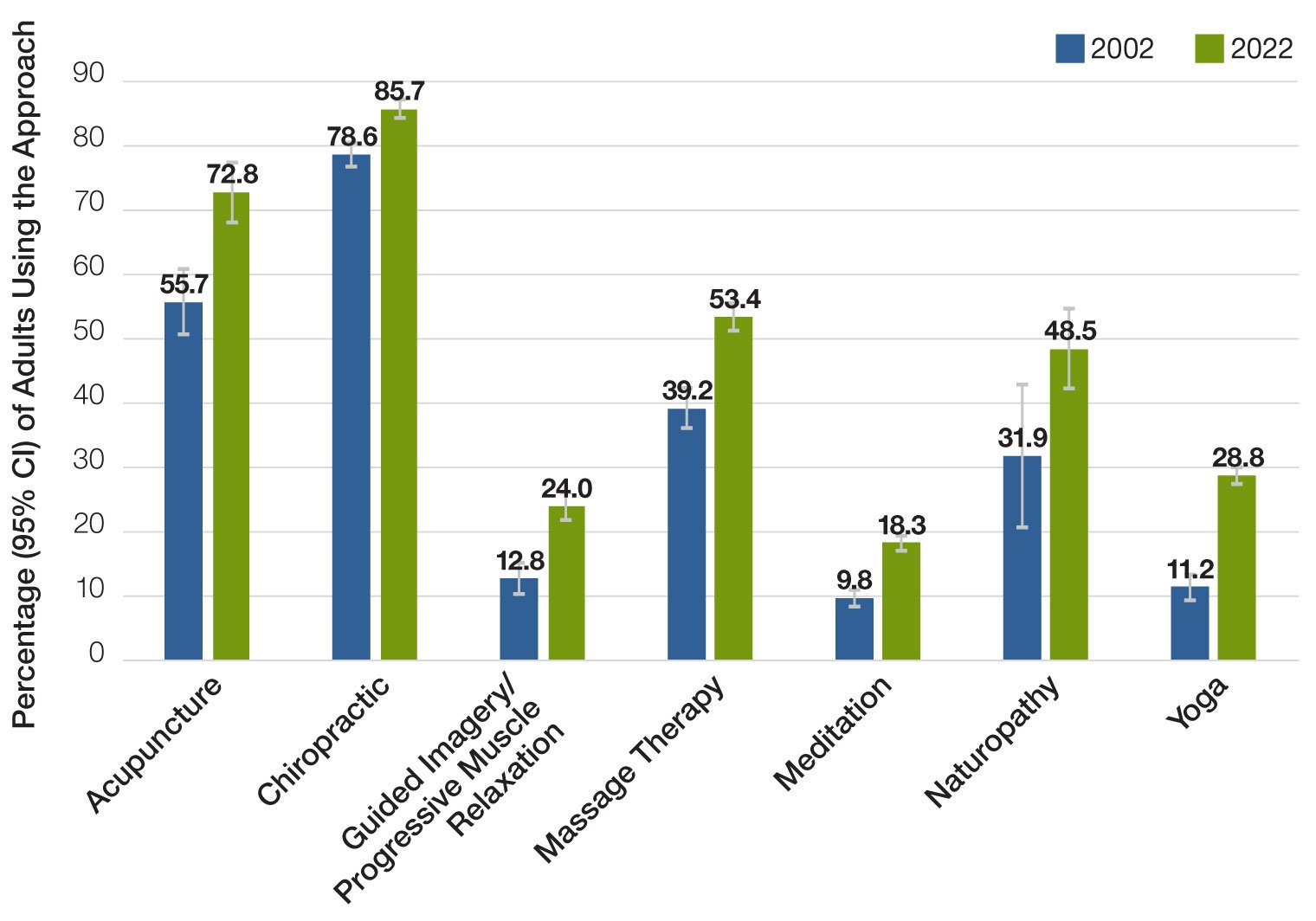Few Take Advantage of Medicare’s Chronic Care Program
/By Phil Galewitz and Holly Hacker, KFF Health News
Carrie Lester looks forward to the phone call every Thursday from her doctors’ medical assistant, who asks how she’s doing and if she needs prescription refills. The assistant counsels her on dealing with anxiety and her other health issues.
Lester credits the chats for keeping her out of the hospital and reducing the need for clinic visits to manage chronic conditions including depression, fibromyalgia, and hypertension.
“Just knowing someone is going to check on me is comforting,” said Lester, 73, who lives with her dogs, Sophie and Dolly, in Independence, Kansas.
At least two-thirds of Medicare enrollees have two or more chronic health conditions, federal data shows. That makes them eligible for a federal program that, since 2015, has rewarded doctors for doing more to manage their health outside office visits.
But while early research found the service, called Chronic Care Management, reduced emergency room and in-patient hospital visits and lowered total health spending, uptake has been sluggish.
Federal data from 2019 shows just 4% of potentially eligible enrollees participated in the program, a figure that appears to have held steady through 2023, according to a Mathematica analysis.
About 12,000 physicians billed Medicare under the CCM mantle in 2021, according to the latest Medicare data analyzed by KFF Health News. By comparison, federal data shows about 1 million providers participate in Medicare.
Even as the strategy has largely failed to live up to its potential, thousands of physicians have boosted their annual pay by participating, and auxiliary for-profit businesses have sprung up to help doctors take advantage of the program. The federal data showed about 4,500 physicians received at least $100,000 each in CCM pay in 2021.
Through the CCM program, Medicare pays to develop a patient care plan, coordinate treatment with specialists, and regularly check in with beneficiaries. Medicare pays doctors a monthly average of $62 per patient, for 20 minutes of work with each, according to companies in the business.
Without the program, providers often have little incentive to spend time coordinating care because they can’t bill Medicare for such services.
‘It Was Put Together Wrong’
Health policy experts say a host of factors limit participation in the program. Chief among them is that it requires both doctors and patients to opt in. Doctors may not have the capacity to regularly monitor patients outside office visits. Some also worry about meeting the strict Medicare documentation requirements for reimbursement and are reluctant to ask patients to join a program that may require a monthly copayment if they don’t have a supplemental policy.
“This program had potential to have a big impact,” said Kenneth Thorpe, an Emory University health policy expert on chronic diseases. “But I knew it was never going to work from the start because it was put together wrong.”
He said most doctors’ offices are not set up for monitoring patients at home. “This is very time-intensive and not something physicians are used to doing or have time to do,” Thorpe said.
For patients, the CCM program is intended to expand the type of care offered in traditional, fee-for-service Medicare to match benefits that — at least in theory — they may get through Medicare Advantage, which is administered by private insurers.
But the CCM program is open to both Medicare and Medicare Advantage beneficiaries.
The program was also intended to boost pay to primary care doctors and other physicians who are paid significantly less by Medicare than specialists, said Mark Miller, a former executive director of the Medicare Payment Advisory Commission, which advises Congress. He’s currently an executive vice president of Arnold Ventures, a philanthropic organization focused on health policy. (The organization has also provided funding for KFF Health News.)
Despite the allure of extra money, some physicians have been put off by the program’s upfront costs.
“It may seem like easy money for a physician practice, but it is not,” said Namirah Jamshed, a physician at UT Southwestern Medical Center in Dallas.
Jamshed said the CCM program was cumbersome to implement because her practice was not used to documenting time spent with patients outside the office, a challenge that included finding a way to integrate the data into electronic health records. Another challenge was hiring staff to handle patient calls before her practice started getting reimbursed by the program.
Only about 10% of the practice’s Medicare patients are enrolled in CCM, she said.
Jamshed said her practice has been approached by private companies looking to do the work, but the practice demurred out of concerns about sharing patients’ health information and the cost of retaining the companies. Those companies can take more than half of what Medicare pays doctors for their CCM work.
Physician Jennifer Bacani McKenney, who runs a family medicine practice in Fredonia, Kansas, with her father — where Carrie Lester is a patient — said the CCM program has worked well.
She said having a system to keep in touch with patients at least once a month has reduced their use of emergency rooms — including for some who were prone to visits for nonemergency reasons, such as running out of medication or even feeling lonely. The CCM funding enables the practice’s medical assistant to call patients regularly to check in, something it could not afford before.
For a small practice, having a staffer who can generate extra revenue makes a big difference, McKenney said.
While she estimates about 90% of their patients would qualify for the program, only about 20% are enrolled. One reason is that not everyone needs or wants the calls, she said.
Outsourcing Chronic Care
While the program has captured interest among internists and family medicine doctors, it has also paid out hundreds of thousands of dollars to specialists, such as those in cardiology, urology, and gastroenterology, the KFF Health News analysis found. Primary care doctors are often seen as the ones who coordinate patient care, making the payments to specialists notable.
A federally funded study by Mathematica in 2017 found the CCM program saves Medicare $74 per patient per month, or $888 per patient per year — due mostly to a decreased need for hospital care.
The study quoted providers who were unhappy with attempts to outsource CCM work. “Third-party companies out there turn this into a racket,” the study cited one physician as saying, noting companies employ nurses who don’t know patients.
Nancy McCall, a Mathematica researcher who co-authored the 2017 study, said doctors are not the only resistance point. “Patients may not want to be bothered or asked if they are exercising or losing weight or watching their salt intake,” she said.
Still, some physician groups say it’s convenient to outsource the program.
UnityPoint Health, a large integrated health system based in Iowa, tried doing chronic care management on its own, but found it administratively burdensome, said Dawn Welling, the UnityPoint Clinic’s chief nursing officer.
For the past year, it has contracted with a Miami-based company, HealthSnap, to enroll patients, have its nurses make check-in calls each month, and help with billing. HealthSnap helps manage care for over 16,000 of UnityHealth’s Medicare patients — a small fraction of its Medicare patients, which includes those enrolled in Medicare Advantage.
Some doctors were anxious about sharing patient records and viewed the program as a sign they weren’t doing enough for patients, Welling said. But she said the program has been helpful, particularly to many enrollees who are isolated and need help changing their diet and other behaviors to improve health.
“These are patients who call the clinic regularly and have needs, but not always clinical needs,” Welling said.
Samson Magid, CEO of HealthSnap, said more doctors have started participating in the CCM program since Medicare increased pay in 2022 for 20 minutes of work, to $62 from $41, and added billing codes for additional time.
To help ensure patients pick up the phone, caller ID shows HealthSnap calls as coming from their doctor’s office, not from wherever the company’s nurse might be located. The company also hires nurses from different regions so they may speak with dialects similar to those of the patients they work with, Magid said.
He said some enrollees have been in the program for three years and many could stay enrolled for life — which means they can bill patients and Medicare long-term.
KFF Health News is a national newsroom that produces in-depth journalism about health issues.















